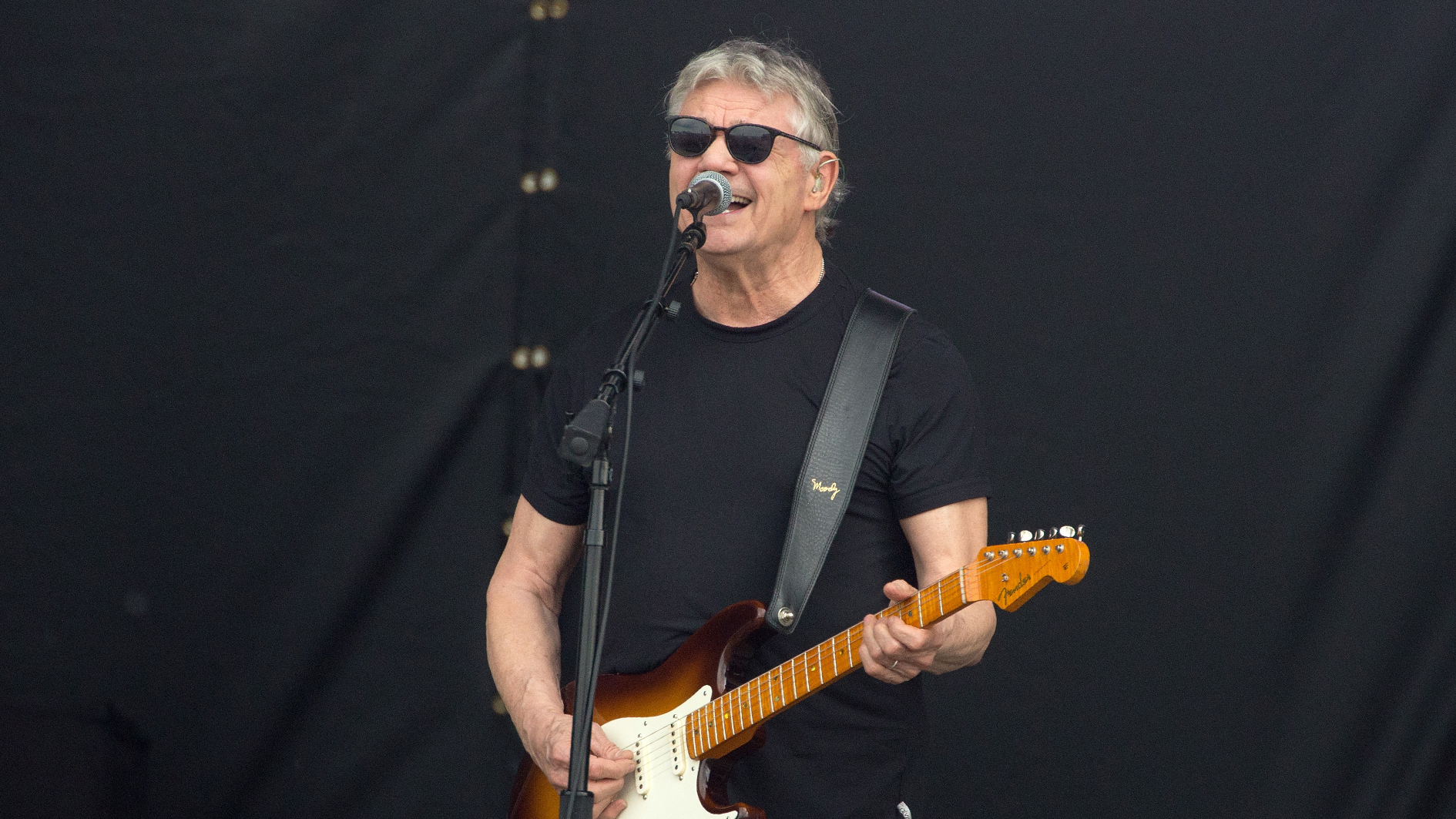The secrets behind Steve Miller's tone on Jet Airliner
How an unusual pickup configuration shaped one of the guitarist's defining songs

Sometimes something that seems simple isn’t as simple as it seems. A good example is the guitar tracks on Steve Miller’s Jet Airliner, which sound like an electric guitar plugged straight into an amp playing a progression of three open chords, some octave overdubs on a melodic Crossroads-style line, and a handful of overdriven rhythm guitar accents.
But anyone who has paid close attention to the recording while trying to learn the song or duplicate the tones has likely found those tasks more elusive than they initially imagined.
Miller recorded Jet Airliner at CBS Studios in San Francisco. His main rig was a circa-1975-76 Ibanez Artist 2663TC (later renamed the Iceman IC210) plugged into the studio’s Fender Super Reverb amp (most likely a mid-Sixties blackface version). For overdubs he used the same Ibanez guitar but with a Fender Champ to accentuate the midrange.
This model features an unusual Triple Coil pickup, which is actually three single-coil pickups placed adjacent to each other in a single housing, and mounted near the bridge. A four-way rotary switch provides four different settings: 1 is the pickup closest to the neck and the middle pickup; 2 is the middle and bridge pickups; 3 is all three pickups in series; and 4 is all three pickups in parallel.
This provides an impressive variety of tones with overall personality similar to a Strat’s “in between” (i.e. second and fourth) settings, but with more sparkling treble and a distinctive midrange with hollow honk and more body.
While the gear Miller used is important, he also employed a few tricks that truly made the song stand out from the norm. One hint is that the song’s chords are C, F and Bb, but the voicings are those of open A, D and G chords employing chiming open strings.
The most reasonable and likely explanation is that Miller placed a capo on the guitar’s third fret to facilitate those voicings. But closer examination reveals that those chords are quite a few cents flat of standard pitch. The tape was sped up during mastering using the tape machine’s varispeed control, which in addition to shifting pitch also shifts up the vocal formants and instruments’ harmonic overtones to provide a brighter, livelier sound.
Get The Pick Newsletter
All the latest guitar news, interviews, lessons, reviews, deals and more, direct to your inbox!

This gave the rhythm guitar track distinctively crisp treble with unusually bright jangle. Considering that the chords for the recently released alternate version of Jet Airliner on Welcome to the Vault are B, E and A, Miller most likely used a capo at the second fret when recording the tune, and later employed the varispeed to raise the song’s pitch almost a full semitone.
TONE TIP: Although nothing available today can perfectly match the unique tones of the Ibanez IC210 and its Triple- Coil pickup, the Brian May Signature comes close to Miller’s favored #3 setting on his Iceman/Artist, thanks to its uncommon series pickup wiring, narrow pickup placement and mahogany body. Use the bridge and middle pickups together in phase to mimic the distinctive hollow midrange honk of that setting.
Get the sound, cheap!
- Brian May Guitars Brian May Signature guitar
- Fender Super Champ X2
Original gear
Guitar: 1975-76 Ibanez Artist 2663TC with Triple-Coil pickup (setting 3 for main rhythm part, settings 1 and 3 for overdubs), Master Volume: 10, Master Tone: 10.
Amp: (main rhythm track) c. 1964-67 Fender Super Reverb (Vibrato channel, Input 1, Bright: On, Volume: 4, Treble: 8, Middle: 3, Bass: 3, Reverb: 0, Speed: 0, Intensity: 0) with four Jensen C10R 10-inch speakers; (overdubs) c. 1964- 67 Fender Champ (Input 1, Volume: 9, Treble: 10, Bass: 10) with 8-inch CTS speaker
Effects: none
Strings/Tuning: Fender F-150 Rock ’N Roll Light .010, .013, .015, .026, .032, .038/Standard, capo at third fret (or possibly second fret and pitch raised with tape recorder’s varispeed)
Chris is the co-author of Eruption - Conversations with Eddie Van Halen. He is a 40-year music industry veteran who started at Boardwalk Entertainment (Joan Jett, Night Ranger) and Roland US before becoming a guitar journalist in 1991. He has interviewed more than 600 artists, written more than 1,400 product reviews and contributed to Jeff Beck’s Beck 01: Hot Rods and Rock & Roll and Eric Clapton’s Six String Stories.
“It’s really quite genius, but also hard to learn – it sounds insane, but sometimes the easiest songs still get me nervous”: Kiki Wong reveals the Smashing Pumpkins song she had the most trouble with
That time Stevie Wonder jammed with Stevie Ray Vaughan... and played SRV's number one Strat











